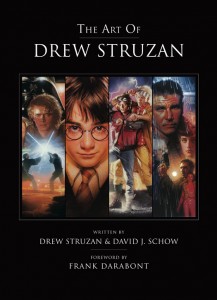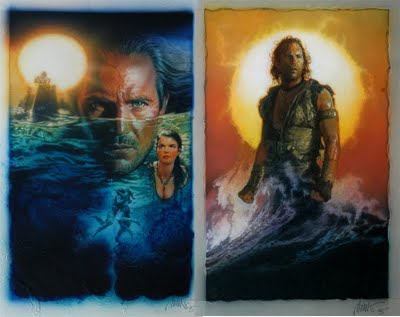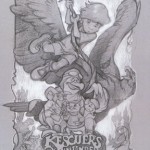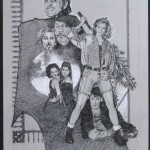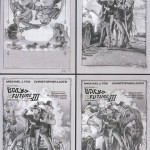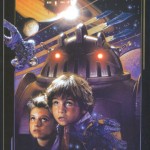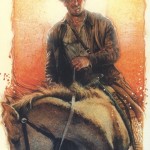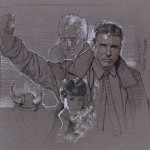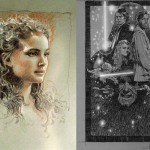Book review: The Art of Drew Struzan
This retrospective of one of the golden age of movie posters’ best-loved artists offers more than mere eye candy, argues Fernando Caire.
A book featuring the art of the greatest poster artist who has ever lived has high expectations to live up to. But The Art of Drew Struzan isn’t just a collection of beautiful imagery: it is a record of some of the most memorable posters ever conceived, and the thought processes behind their creation.
It is also a sad tale, detailing how the golden age of poster art slowly descended into today’s bland Photoshop dark ages. The digital age is sterile, emotionless and, most importantly to Hollywood, cheap. Drew Struzan makes his feelings on the matter quite clear in what is not only an eye-catching book, but a thought-provoking one.
Opening with a four-page forward by director Frank Darabont (The Green Mile, The Shawshank Redemption, The Walking Dead) the book continues strongly, as we see some of Drew Struzan’s first Indiana Jones posters. Every poster is accompanied by a story, giving you a sense of the fondness Struzan has for all of his work.
We also see cinematic masterpieces with equally masterful posters, including Back to the Future and John Carpenter’s 1982 remake of The Thing. Then we have movies where the art actually makes you wish the quality of the movie matched that of its poster. (I wish Masters of the Universe was as epic as he made it look!)
Then we have what I like to call the ‘wishful thinkers’ – posters that Struzan did amazing comps for, but for which the studio eventually opted for something different. Mad Max Beyond Thunderdome, The Rescuers Down Under and Buffy the Vampire Slayer could all have had much more alluring artwork had the decision been different.
Lastly, we have the ‘heartbreakers’. These were completed movie posters that didn’t get used because of the rising popularity of digital media. Reading how much love Struzan put into these commissions, only to have the studio prefer a hack job in Photoshop, really does break one’s heart. Possibly the saddest case is Harry Potter: one of Drew’s most beloved posters, both with the fandom and the general movie-going public alike. Promised a six-poster deal for all of the Harry Potter films, new management stepped in and decided to go digital.
Towards the end of the book, you will notice very few of the works actually got published, reflecting Struzan’s personal frustration with the movie industry, ultimately leading to his decision to retire.
Whether you are an artist or a lover of cinema, this book has plenty to offer, and at $34.95 it is definitely a deal. The concept sketches (detailed enough to be posters themselves) of some of my favorite movie posters are an absolute treat to look through, giving a glimpse at what could have been. The descriptions can either be a little dry or absolutely heartfelt.
Towards the end, the book becomes sadder and a little bitter as it becomes more and more difficult for Struzan to get his art published. But even during the hard times, he retained his love of the art, and it shows clearly. With astonishing imagery and insight into the movie industry, this book requires a place in your collection.
The Art of Drew Struzan is published by Titan Books, price $34.95 (£24.99).
Click here to buy the book on Amazon.com
Click here to view a slideshow of Drew Struzan’s artwork:

